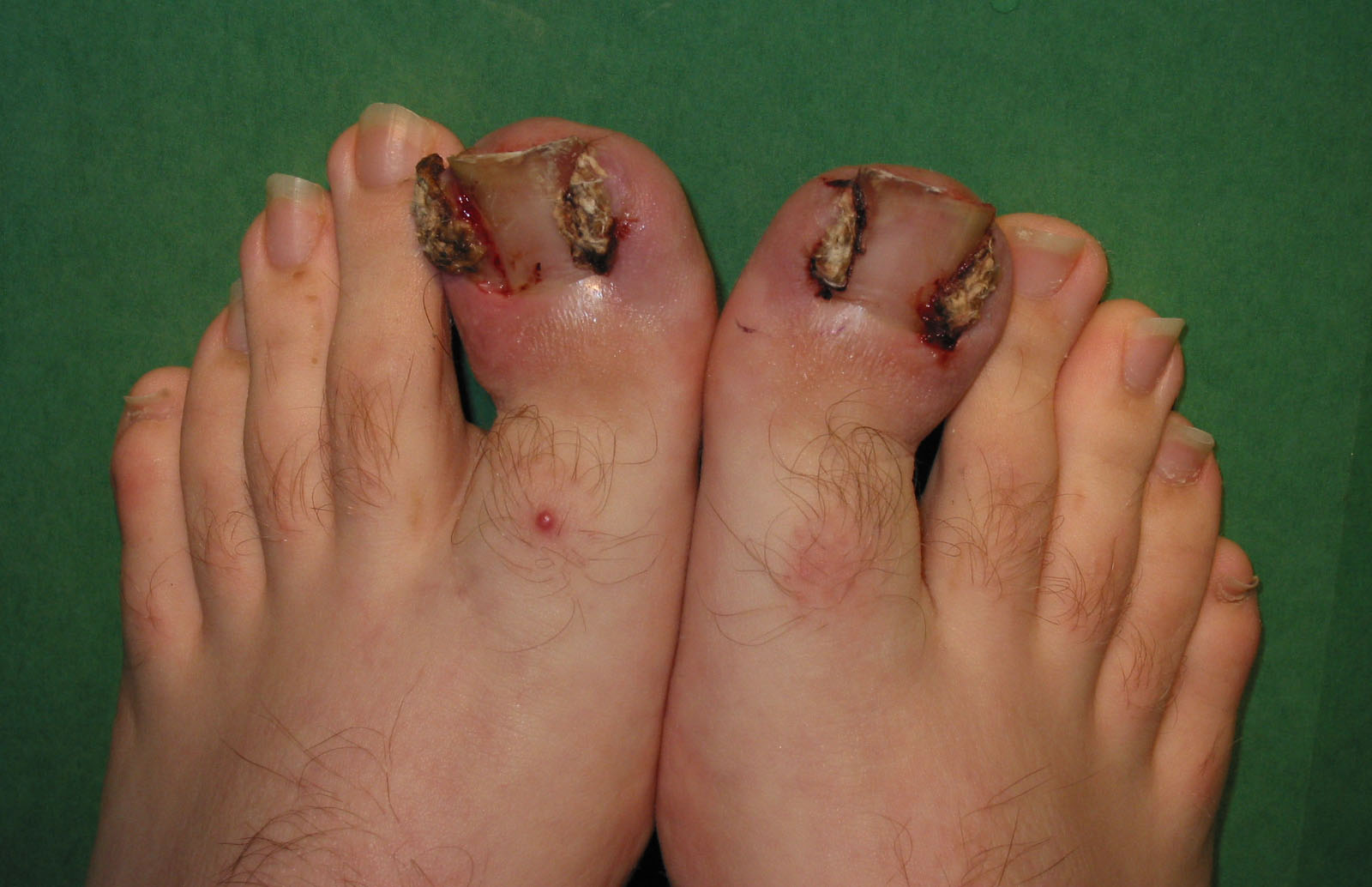An ingrown toenail occurs when the edge of the nail grows into the surrounding skin, often leading to discomfort, swelling, or infection. While it most commonly affects the big toe, any toenail can become ingrown under the right conditions. The problem often develops gradually due to pressure, trauma, or incorrect nail trimming. Once the nail begins to press into the skin, the area may become tender or inflamed. Recognizing the early signs of an ingrown toenail makes it easier to address the cause before the condition worsens.
Choosing Proper Footwear
Tight or narrow shoes are a common contributor to toenail problems. When shoes compress the toes, the nails may curve downward and press into the surrounding tissue. This pressure increases the risk of irritation, especially for individuals who spend long hours on their feet. Wearing shoes with a wide toe box allows the toes to rest in a natural position without crowding. For activities like running, hiking, or long walks, selecting supportive footwear with adequate cushioning helps protect the nails from repeated trauma or pressure.
Trimming Nails the Right Way
Improper nail trimming can quickly lead to an ingrown toenail. Cutting the nail too short or rounding the edges encourages the skin to fold over the nail as it grows. Instead, toenails should be cut straight across using clean, sharp clippers. Leaving a small amount of white edge at the tip helps reduce the risk of the nail curling inward. If the edges appear sharp after trimming, a gentle file can smooth them out without altering the shape. Maintaining a consistent trimming routine every few weeks helps prevent problems from developing.
Protecting the Toes From Repeated Trauma
Stubbing a toe, dropping an object on the foot, or wearing poorly fitted shoes during sports can all increase the chance of developing an ingrown toenail. These events may injure the nail bed or change the direction of nail growth. Individuals who participate in high-impact activities should wear protective footwear and inspect their toes regularly for signs of bruising or irritation. Taking care to avoid toe injuries not only reduces pain but also lowers the likelihood of recurring nail problems over time.
Managing Moisture and Hygiene
Excess moisture softens the skin around the nail and makes it more likely to become irritated or inflamed. Keeping the feet clean and dry helps maintain the integrity of the skin and nail bed. Individuals who sweat frequently or wear tight socks for long periods may need to change footwear more often. Socks made from breathable fabrics such as cotton or wool help wick away moisture and reduce friction. After bathing or exercise, thoroughly drying the feet—especially between the toes—supports skin health and reduces the chance of fungal infections that can contribute to nail changes.
Addressing Foot Shape and Posture
Foot structure can influence the development of ingrown toenails. People with flat feet, overlapping toes, or an uneven gait may place more pressure on specific toes. Over time, this imbalance contributes to nail problems, particularly on the inner or outer edges.
Orthotics or supportive insoles can help redistribute weight and improve alignment during walking or standing. Podiatrists often assess foot shape and function when recurrent toenail problems occur. Simple interventions to improve posture and support can reduce the mechanical stress that leads to nail issues.
Seek Early Ingrown Toenail Treatment
While many cases of ingrown toenail resolve with home care, persistent pain or signs of infection should be evaluated by a provider. Early treatment prevents complications and often avoids the need for surgical correction. Care may involve lifting the nail edge, applying topical medications, or using temporary padding to relieve pressure. For severe or recurrent cases, partial nail removal may be recommended. Addressing the issue promptly helps preserve nail health and prevent future discomfort.


Leave a Reply